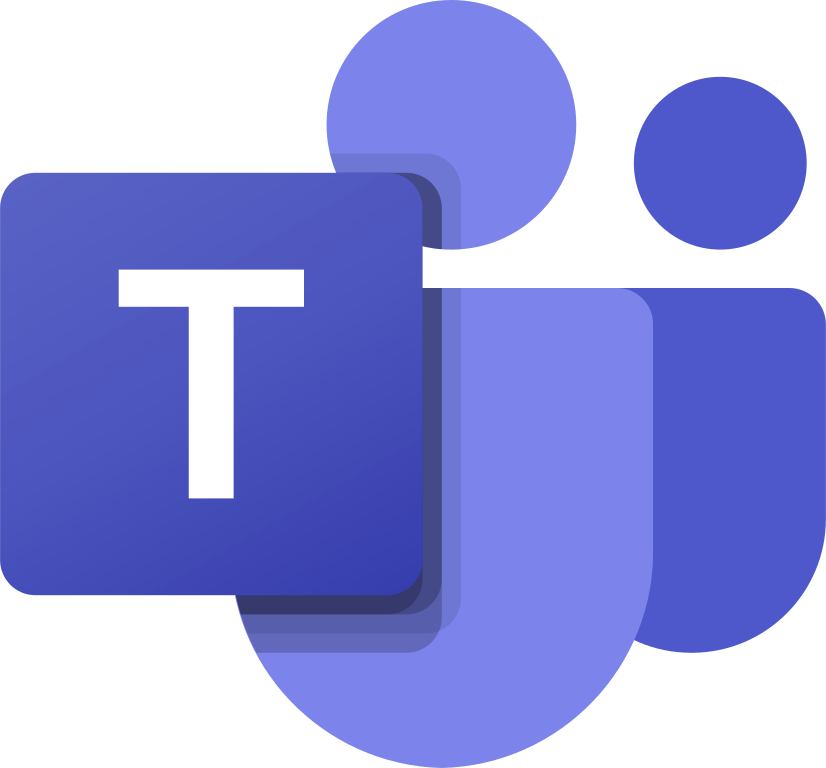3 Ways Cloud Computing is Changing the Landscape of Education
More and more businesses are adopting cloud computing, and the education market is no exception. I will quickly define below what the cloud is, what some types of clouds are, and what will be the big change in cloud computing and the effects of cloud computing.
Why to adopt the cloud?
Most importantly, you will save money on IT infrastructure, and support staff. Another collateral benefit is the enablement of collaboration, accessibility, and customization of the product to suit your needs.
What is cloud computing?
Cloud computing comprises 3 main categories. I’ll give an example of each: SaaS, PaaS, and IaaS:
SaaS: Software as a Service. This is a type of software that you manage remotely via subscription and can be delivered anywhere on the web. Some popular examples are LinkedIn, Salesforce and Office 365 from Microsoft.
PaaS: Platform as a Service. This is an application that is sold as service, such as an operating system. You download or remotely connect to a platform that is rented. Some examples are Amazon Web Services or Google Apps, where you manage apps run on the Google Apps engine.
IaaS: Infrastructure as a Service. This is computer resource infrastructure outsourced to a virtual outside vendor which you manage remotely. A prime example is Softlayer, where you log in and create or buy an OS.
Here are the 3 primary ways:
1. Lower the costs of textbooks, computers, and software. Even elementary textbooks can be notoriously expensive. The use of iPads and Chromebooks make them cheap to access online.
2. No more outdated learning. A physical book in many ways is only as good the day it was printed because information changes so rapidly. Online learning makes it very easy to update or amend books yearly so that students get the most updated, accurate information. I wonder if there are school books still being used that classify Pluto as a planet.
3. More diverse students. Cloud computing gives you scalability, meaning your classmates aren’t limited to a physical classroom but span the globe. A diverse virtual environment that allows students to learn, share and create is the most powerful potential cloud computing can offer.








